
5. Business Planning
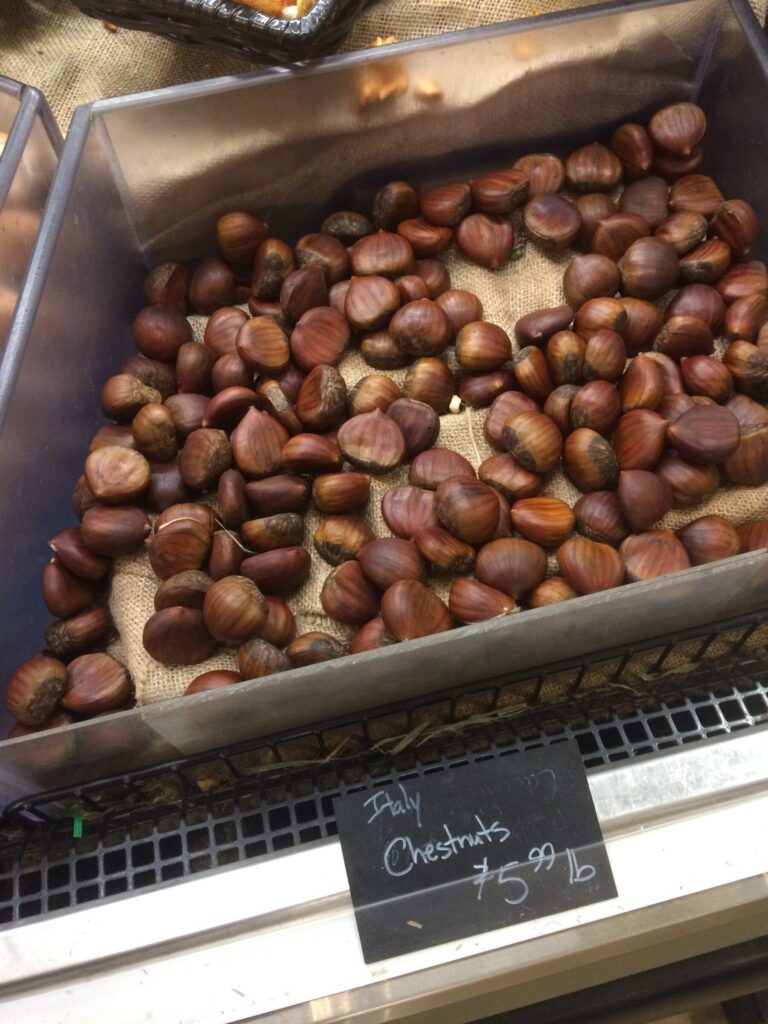
Once you have decided on your desired agroforestry plan with suitable crops for your site (and compatible livestock, if desired), you will need to develop a crop-specific market assessment that evaluates the real economic potential of your enterprise: emerging market opportunities and available harvesting methods and processing resources, as well as who your customers are and how you will reach them.
- Chestnuts | Agricultural Marketing Resource Center
- Hazelnuts | Agricultural Marketing Resource Center
- Growing and Marketing Chinese Chestnuts | UMCA
- Growing and Marketing Elderberries | UMCA
There are many helpful and free business planning resources available online:
- Business Model Canvas
- Charting a Path to Sales Opportunities for Diversified Farm Products A Producer’s Workbook | Savanna Institute
- Plan Your Farm | Northeast Beginning Farmers Project
- Business Plans | Cornell Small Farms
- SARE: The Basics of Farm Business Planning
- Economic Budgeting for Agroforestry | UMCA
Many state and local organizations offer more targeted agricultural business planning and technical assistance.
- State Department of Agriculture
- Local Farm Service Agency (FSA)
- Local Natural Resource Conservation Service (NRCS)
- Small Business Development Centers (SBDCs)
- Community Development Corporations (CDCs)
- Agricultural University Extension Agencies
- Local Agricultural Service Non-Profits
- Local Chamber of Commerce
Making an Enterprise Budget
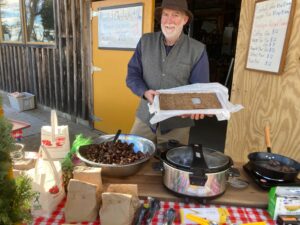
An enterprise budget breaks down all the costs of establishing a new crop or agroforestry system, including plant material, equipment, processing, packaging, and marketing. It also helps provide a timeline for productivity, potential revenues, and your expected return on investment.
Many factors will affect the total cost of developing an agroforestry project, which can have a wide range of upfront financial investment, anywhere from $3,000 to $15,000 per acre. Again, this will vary considerably depending on your land, infrastructure, planting and equipment costs. The best way to plan is to ask experienced farmers or growers in your region.
Many enterprise budgets already exist for some tree crops and can offer you a template and a general idea of how to plan your finances. You will need to gather the following information:
- Land cost
- Equipment
- Cost per acre for establishment
- Cost per acre for management
- Years to begin bearing
- Years to maturity
- Total expected productivity in the first 10-30 years
Below are a few existing tree crop enterprise budget templates and planning tools:
- Fruit & Nut Compass | University of Wisconsin-Madison
- Chestnut Decision Support Tool | UMCA
- Hazelnut Enterprise Budget Tool | Midwest Hazelnuts UMHDI
- A Production and Economic Model for Hedgerow Hazelnut Production | UMHDI
- Pawpaw Financial Tool | UMCA
- Forest Farming Calculator | US Forest Service
- Elderberry Planning Budget | MU Extension
- Apple Enterprise Budget | MU Extension
- Economic Budgeting for Agroforestry Practices | UMCA
It is also essential to talk to people in your region who have experience with the specific crop you want to produce to gather critical information that applies to your project. If there are no other people in your immediate region, plan to visit operations in other regions to help you understand best practices, mistakes to avoid, and realistic expectations.
Filling the Gap: Financing Your Agroforestry Project
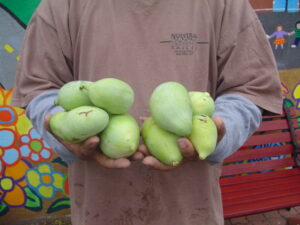
Perennial crops do not produce in the first year, and very few are productive in years 2 or 3. Most tree crops need at least 4-6 years to begin producing and will not reach full maturity until years 8-15. This can present a difficult problem for traditional financing models requiring a shorter investment return. If long-term financing is an obstacle, explore potential government and/or privately funded grant and technical assistance opportunities that can help provide upfront funding or reimbursement for early expenditures in developing your agroforestry project. These opportunities are time-sensitive and subject to available funding, so scope each one carefully.
- USDA Natural Resource Conservation Service (NRCS)
- Climate Smart Farming and Marketing Program (not available in 2025)
- Expanding Agroforestry Program
- Northeast SARE Farmer Grants
- AFT New England Farmer Microgrants
- AFT Regional Conservation Partnership Program
- FACT Fund-A-Farmer Grants
Carbon Markets
Another potential opportunity to help finance agroforestry is to tap into emerging carbon markets and sell carbon credits based on the amount of carbon sequestered in trees on your farm. One leading organization, Family Forest Carbon, allows small-scale growers to sell carbon credits to global corporate carbon markets with upfront incentives and annual per acre carbon payments. The program tracks tree growth over time to estimate carbon sequestration and offers high-integrity carbon offsets to corporations looking to reduce their carbon footprint.
Working with the Natural Resource Conservation Service (NRCS)
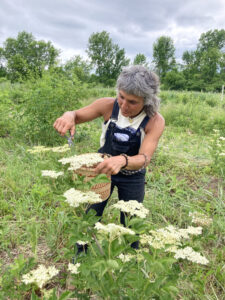
There is an increasing amount of funding available through congressional stimulus funding to achieve the climate goals of the current administration. The NRCS (a division of the USDA) has district offices in each state where farms can enroll in various government programs that provide payments for implementing specific soil and water conservation practices. Other non-profit agencies and agricultural organizations may also have contracts with the NRCS to implement similar farm conservation projects.
Typically, the support offered by NRCS is structured through identifying problems or “natural resource concerns” and then matching appropriate solutions to address those problems. For example, the NRCS does not provide financial assistance to plant a silvopasture orchard into an existing pasture; rather, silvopasture is a “conservation practice” that addresses resource concerns such as inadequate livestock shelter (shade), insufficient feed and forage production, undesirable plant productivity, soil aggregate instability, organic matter depletion, and soil organism habitat.
You must work directly with a certified Conservation Planner to identify these resource concerns; they will then determine the appropriate conservation practice and provide a timeline for implementation. Depending on funding cycles and agency capacity, the process can take some time, so it is worth reaching out to your district office as soon as possible in your planning phase to see what assistance they can offer.
The following are a few of the practices and codes that may apply to your agroforestry project:
- Alley Cropping (311)
- Forest Farming (379)
- Hedgerow Planting (422)
- Herbaceous Wind Barriers (603)
- Mulching (484) *
- Prescribed Grazing (528) *
- Riparian Herbaceous Cover (390)
- Silvopasture (381)
- Tree/Shrub Establishment (612)
- Windbreak/Shelterbelt Establishment (380)
Learn more about NRCS Conservation Practices Standards and access the Massachusetts Field Office Technical Guide to review conservation practice standard criteria.

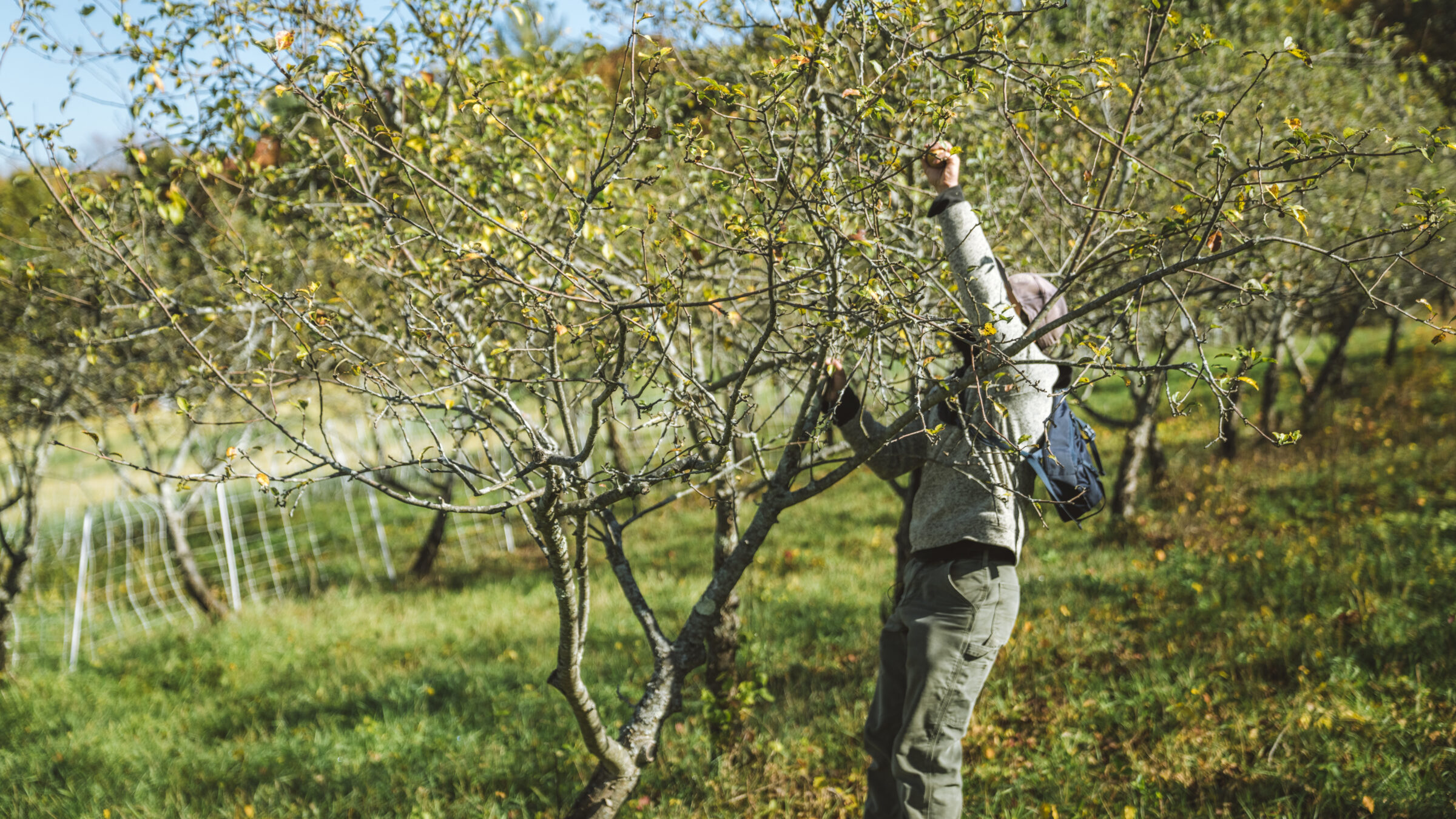
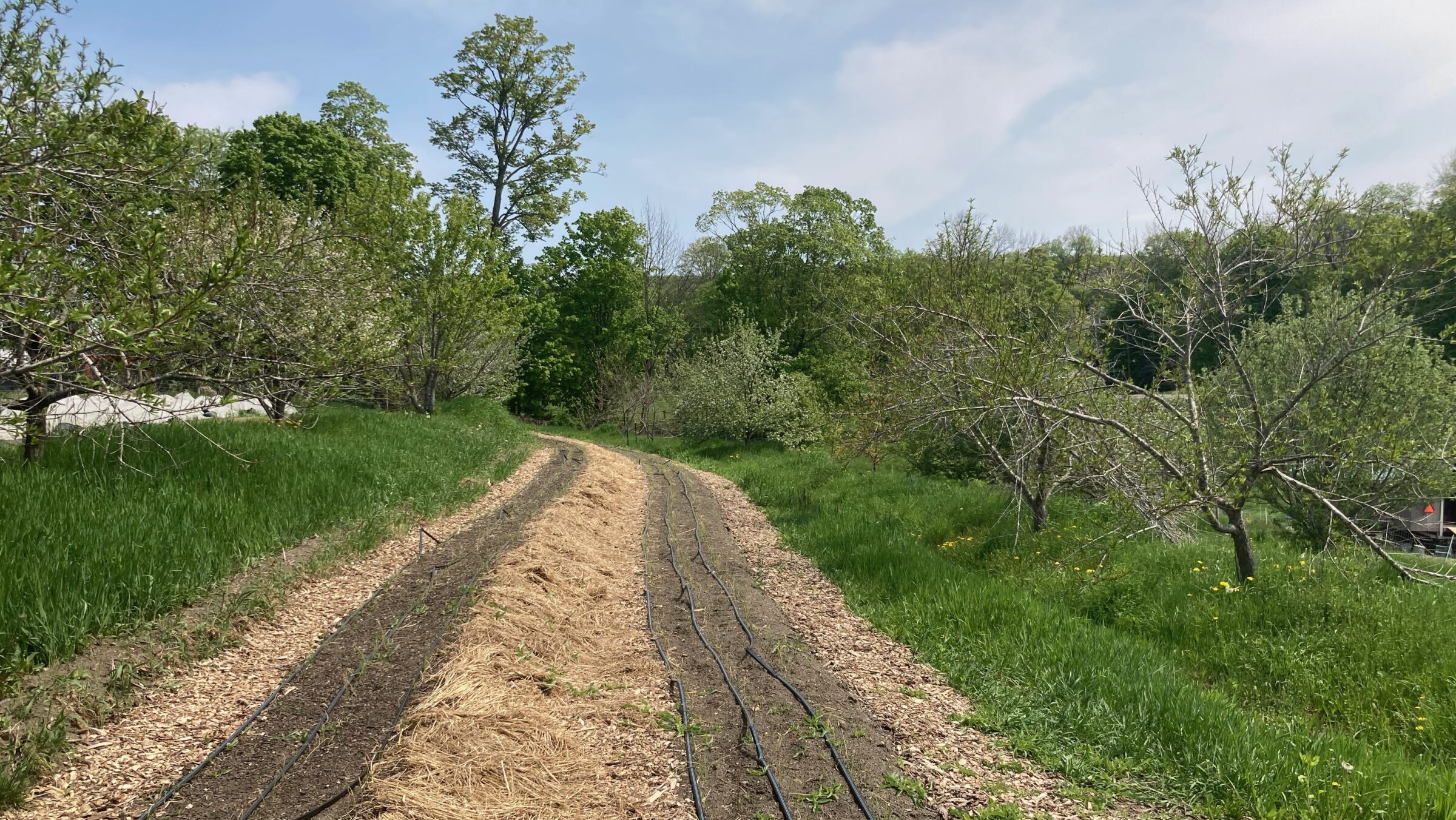
Comments (0)